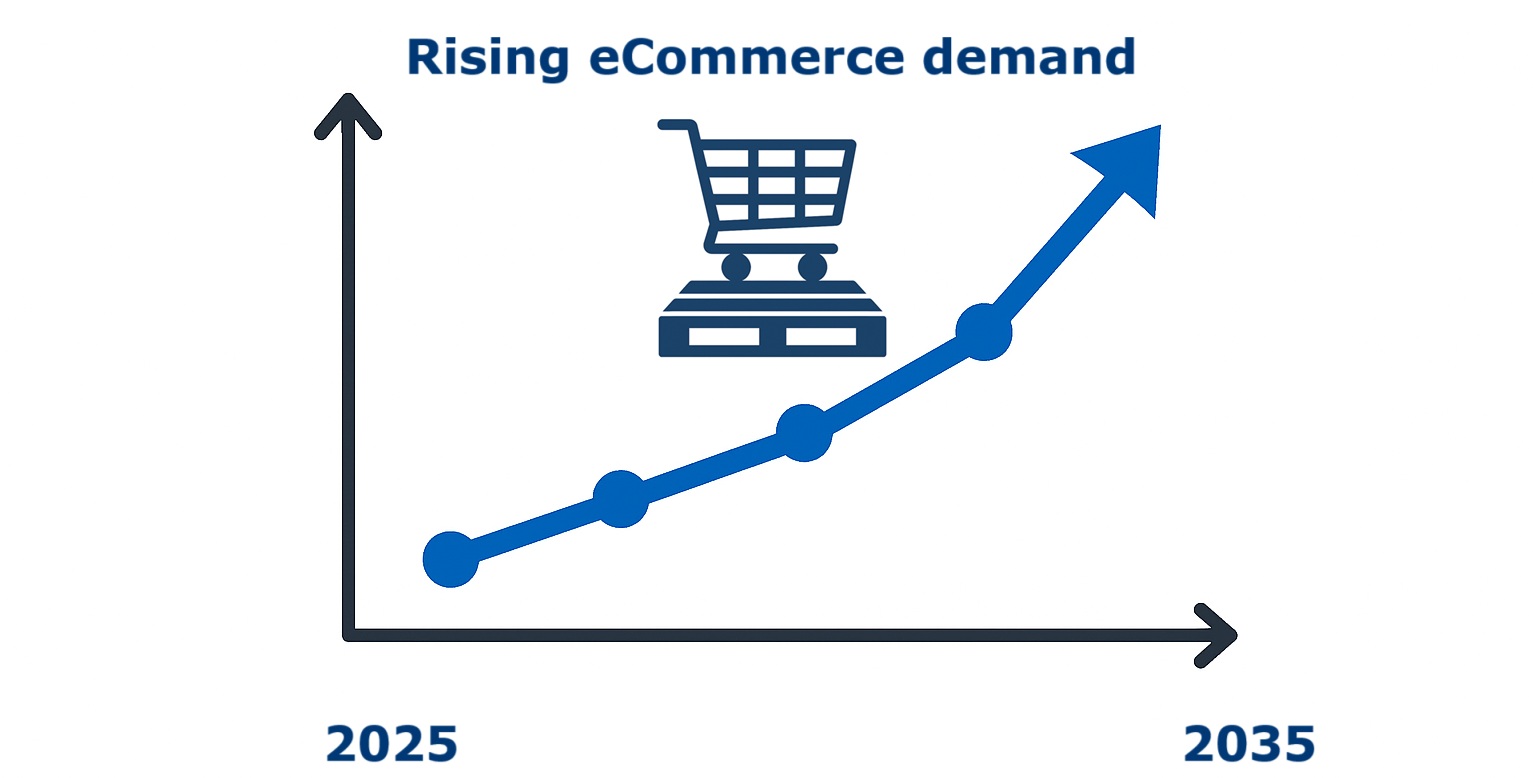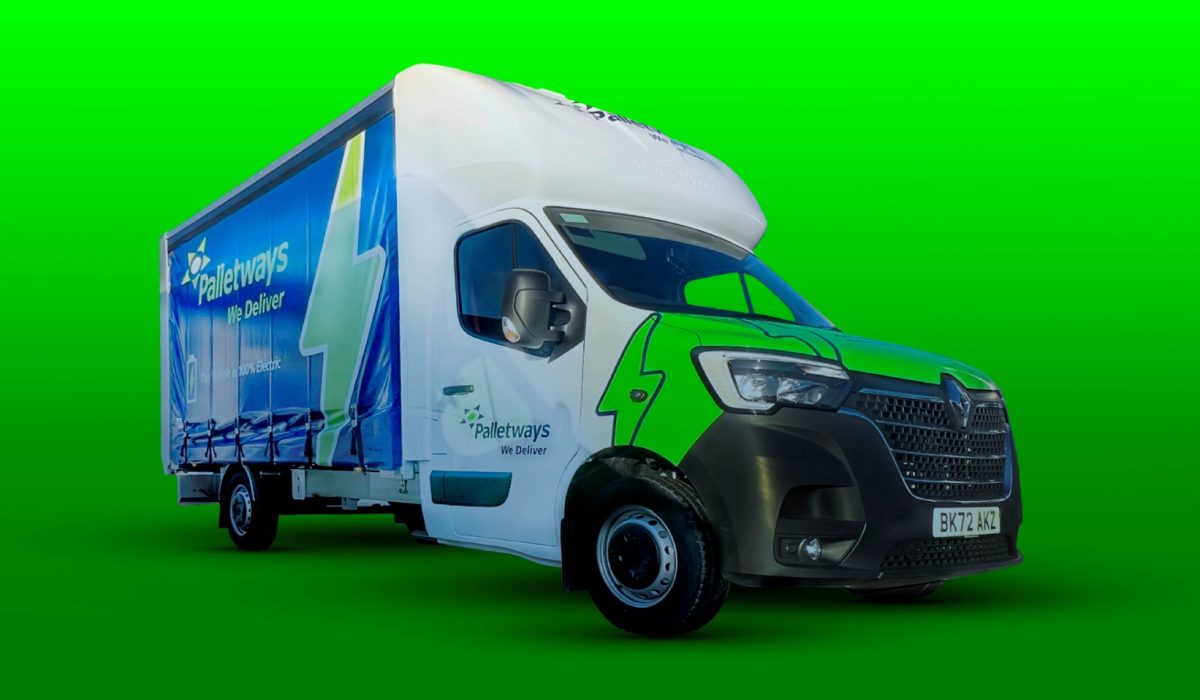Palletised freight has long been the backbone of UK logistics. Pallet shipping connects manufacturers, retailers, and consumers through efficient, consolidated transport. As supply chains evolve and new challenges emerge, the future of palletised freight is set to be shaped by technology, sustainability, and shifting customer expectations.
In this article, we explore the key trends likely to change pallet shipping over the next decade.
Sustainability at the Core of Freight Operations
Environmental responsibility is no longer optional. Businesses across all sectors are under pressure to demonstrate greener supply chains, and the pallet transport sector is no exception.
- Carbon reduction initiatives: Networks are cutting empty miles by using data to optimise routes. In the coming years, this may shift from being a competitive advantage to the industry standard.
- Alternative fuels: Electric and hydrogen HGVs will become increasingly common, gradually replacing older fossil-fuel vehicles. As traditional fleets cover their final miles, low-carbon alternatives will take the lead in pallet transport.
- Shared resources: By consolidating loads, pallet networks naturally reduce wasted journeys and improve efficiency. In contrast, palletised freight companies operating independently face higher costs and a greater environmental impact, making them less sustainable in the long term. Pallet networks may grow as a result.
The future of palletised freight will be built around delivering measurable carbon savings for customers. An industry-wide adoption of EV fleets and advanced technology will gradually unfold.
Technology Driving Efficiency and Transparency
Advances in digital platforms are transforming how freight is planned, tracked, and delivered. Over the next decade, pallet networks will rely more heavily on:
- Real-time tracking giving customers full visibility of pallet movements.
- AI-powered route planning to reduce fuel use and delays.
- Automated hubs that improve turnaround times and reduce handling costs.
As technology advances, customers will increasingly expect faster and more transparent freight services as standard. Rising expectations around automated support, simpler pallet booking tools, and improved tracking accuracy will place greater pressure on businesses to adapt.
Rising Demand from eCommerce and Retail
The surge in online shopping has driven demand for reliable, flexible freight solutions. Technological innovation and AI-tools are driving further improvements in online retail, and experts predict continued growth over the next ten years. Pallet networks are increasingly being used to move bulky items such as furniture, white goods, and building materials direct to consumers and small businesses.
While some spikes in eCommerce demand may be transient, the overall trend points to sustained expansion driven by technology. This means pallet networks must balance B2B and B2C demands, offering flexibility while maintaining cost-efficiency.

Skills, Training, and Workforce Development
The HGV driver shortage has highlighted the need to attract and retain skilled staff. In the future, palletised freight providers will need to invest in:
- Training and career pathways for drivers.
- Upskilling staff to work with advanced digital tools.
- Creating more appealing working conditions to attract the next generation of logistics professionals.
A strong and motivated workforce will be vital for long-term resilience. Enhancing working conditions, such as hours and pay, will also be crucial in supporting and replenishing an ageing driver population.
International Growth and Trade Opportunities
Post-Brexit trade challenges are driving networks to invest in stronger international capabilities. Palletways and other networks are building cross-border partnerships to streamline customs, improve transit times, and open new markets.
For many hauliers and businesses, the future of palletised freight lies not just in domestic transport, but in supporting global trade efficiently and compliantly.
Conclusion: A More Connected, Greener Future
The future of palletised freight will be defined by smarter technology, greener operations, and stronger collaboration across networks. Businesses that embrace these trends early will benefit from lower costs, greater reliability, and a competitive edge in an increasingly demanding market.
At Palletways, we are committed to leading this evolution, ensuring our members and customers are ready for the opportunities the next decade will bring.


